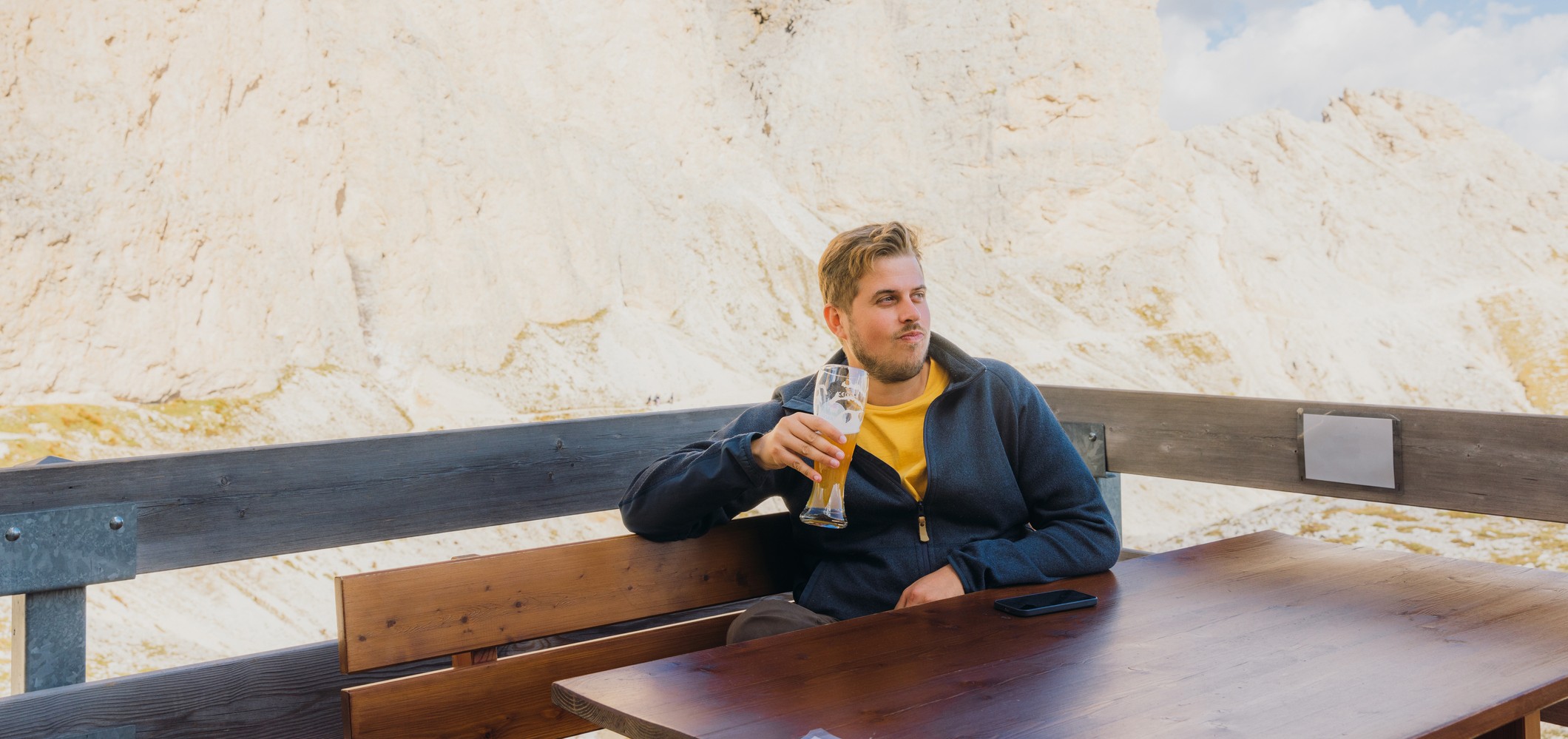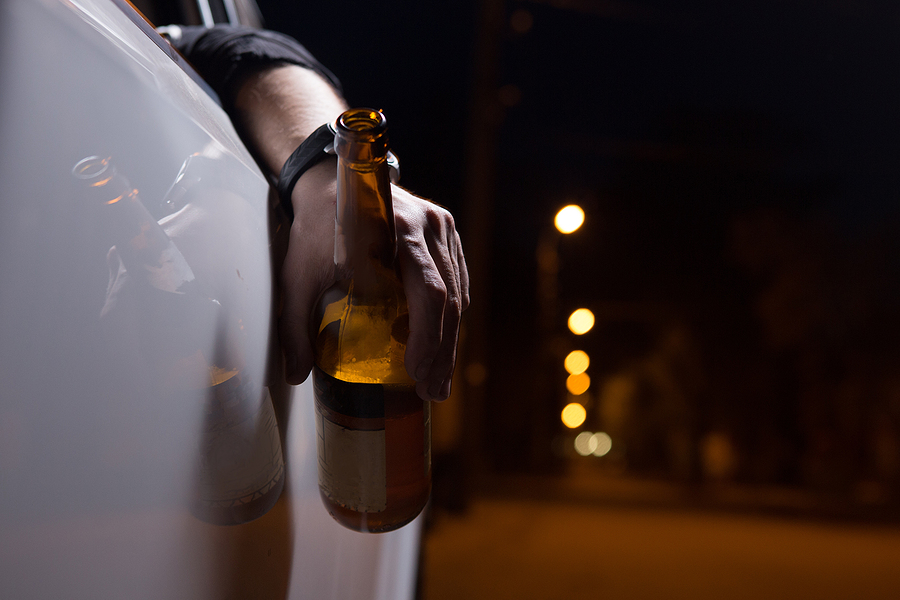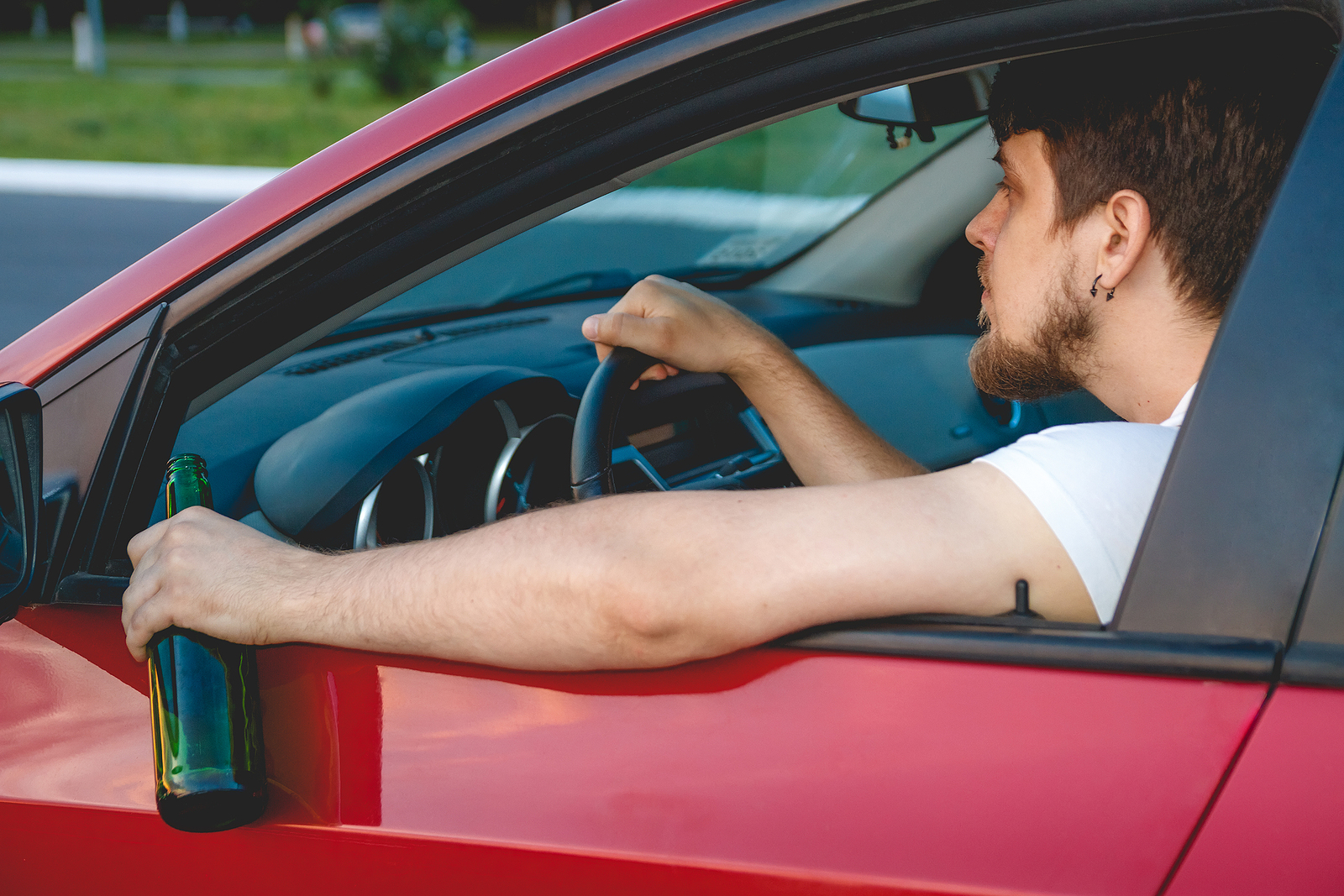DUI Charges in Mountain Communities: Fighting Back
San Bernardino County is home to some of Southern California’s most popular mountain destinations, including Big Bear Lake, Lake Arrowhead, and the San Bernardino National Forest. Tourists flock to these locales all year round, enjoying the diverse climate that graces So Cal. To cater to tourists, local establishments provide opportunities to unwind and for many, enjoy a drink.
However, drinking alcohol at high elevations has a physical effect on how individuals perceive their level of intoxication—potentially leading to unexpected DUI charges. While the physiological effects of altitude and alcohol can interact in complex ways, California law does not provide exceptions for mountain drinking. Understanding how elevation factors into DUI arrests is essential for anyone visiting or living in these areas.
Understanding Alcohol and Altitude: Myths vs. Science
When people drink alcohol at higher elevations, they often report feeling intoxicated more quickly than they would at sea level. This perception has led to widespread myths about how altitude affects blood alcohol concentration (BAC). In San Bernardino’s mountain regions, where elevations can exceed 6,000 feet, understanding these interactions is especially important.
The truth is that altitude may affect how alcohol makes you feel but not how much alcohol is in your bloodstream. The lower oxygen levels at high altitudes can cause symptoms such as light-headedness, nausea, and fatigue—effects that can mimic or amplify alcohol’s impact.
Additionally, dehydration is more common in higher elevations, and alcohol worsens that, potentially intensifying symptoms of intoxication. However, scientifically speaking, elevation does not cause your BAC to increase faster. Your BAC is still determined by the amount of alcohol consumed, your weight, your gender, and the time over which you drank.
Common misconceptions about alcohol and altitude include:
- “I’m more drunk at high elevation”: The symptoms may be stronger, but your actual BAC doesn’t change because of the altitude.
- “Breath tests are unreliable up here”: While extreme environmental conditions can sometimes affect devices, law enforcement uses equipment calibrated to function accurately at altitude.
- “I’ll sober up faster in the mountains.”: If anything, the opposite may occur—dehydration and fatigue can make symptoms linger longer.
Understanding these facts is essential when planning trips to San Bernardino’s high-elevation areas where law enforcement is vigilant about impaired driving.
Legal Limits Stay the Same—Even in the Mountains
No matter how altitude makes you feel, the legal standard for DUI in California remains consistent across all regions and elevations. Section 23152(b) of the California Vehicle Code (Cal. Veh. Code § 23152(b)) makes it unlawful for any person to operate a motor vehicle with a BAC of 0.08% or higher. This statute applies regardless of whether you’re driving at sea level in San Diego or 7,000 feet up near Big Bear.
Importantly, the law does not account for altitude-related variables. Officers do not need to prove impairment if your BAC exceeds the per se limit—just the chemical result is sufficient. Even if altitude makes you feel “more drunk” or “less drunk” than expected, the only thing that matters legally is the measured BAC.
For drivers under 21 or those on DUI probation, the legal limit is even stricter—just 0.01% BAC can result in penalties under Cal. Veh. Code § 23136 or § 23154. These rules reflect California’s zero-tolerance approach to impaired driving, regardless of where the driving occurs.
Field Sobriety Tests and the Effects of Altitude
Law enforcement officers commonly administer Standardized Field Sobriety Tests (SFSTs) when they suspect a driver is impaired. These include the walk-and-turn, one-leg stand, and the horizontal gaze nystagmus test. At high elevations, however, these tests may produce misleading results.
Altitude can cause physical symptoms like dizziness, unsteady balance, and headaches, especially for those not acclimated to mountain environments. These effects may mimic signs of intoxication, potentially leading to wrongful arrests. For instance, a person struggling to balance during the one-leg stand test could be reacting more to low oxygen than to alcohol.
Legal implications include:
- False positives on sobriety tests: Environmental factors may lead officers to misinterpret signs of impairment.
- Discretion in arrest decisions: Officers might rely heavily on their judgment in rural mountain stops, where backup or advanced equipment is limited.
- Admissibility of SFST results: Defense attorneys may challenge the reliability of SFSTs conducted in high-altitude conditions during court proceedings.
While SFSTs can help officers establish probable cause, they are not foolproof, especially in San Bernardino’s rugged and elevated terrain.
Common DUI Checkpoints Near Big Bear and Lake Arrowhead
San Bernardino County law enforcement frequently sets up DUI checkpoints near popular mountain destinations, particularly during holiday weekends, ski season, and summer tourism spikes. Locations near Big Bear Boulevard, State Route 18, and Lake Arrowhead Village are common checkpoint zones due to their high traffic volume and limited alternate routes.
These checkpoints must comply with constitutional standards as established in Ingersoll v. Palmer, 43 Cal. 3d 1321 (1987). This case outlines the criteria that make a sobriety checkpoint lawful under the California Constitution and the Fourth Amendment.
Key elements include:
- Advance public notice
- Neutral criteria for stopping vehicles
- Supervisory oversight
- Reasonable location and time
Failure to meet these standards can make a checkpoint—and any arrests resulting from it—legally questionable. Knowing your rights and understanding whether proper protocols were followed is essential in building a defense.
What to Do If You’re Charged with a DUI in the Mountains
Getting arrested for DUI in the mountains of San Bernardino can be confusing and stressful, especially if you believe you weren’t over the legal limit. However, taking immediate steps after the arrest can protect your legal rights and improve your chances in court.
If you’re facing DUI charges after drinking at elevation, consider the following steps:
- Record your symptoms: Write down how you felt physically and mentally during the incident, including any signs of altitude sickness.
- Document the location: Note the exact area, elevation, weather conditions, and road layout at the time of arrest.
- Preserve evidence: If you have photos, videos, or witnesses, collect and store them safely.
- Request a DMV hearing: You must request a hearing within 10 days to contest the automatic license suspension.
- Contact a DUI lawyer immediately: Early legal intervention can make a significant difference in the outcome of your case.
By acting quickly and securing experienced legal counsel, you can challenge the charges and potentially avoid long-term consequences.
Contact Patrick Silva, Attorneys at Law, for Skilled DUI Defense
If you’ve been charged with a DUI in the mountainous regions of San Bernardino, including Big Bear or Lake Arrowhead, don’t face the court system alone. Our firm understands the unique challenges posed by high-elevation DUI arrests and will fight to protect your rights and freedom.
Call 909-500-4819 to speak with Patrick Silva, Attorneys at Law, and get the knowledgeable legal defense you need.




